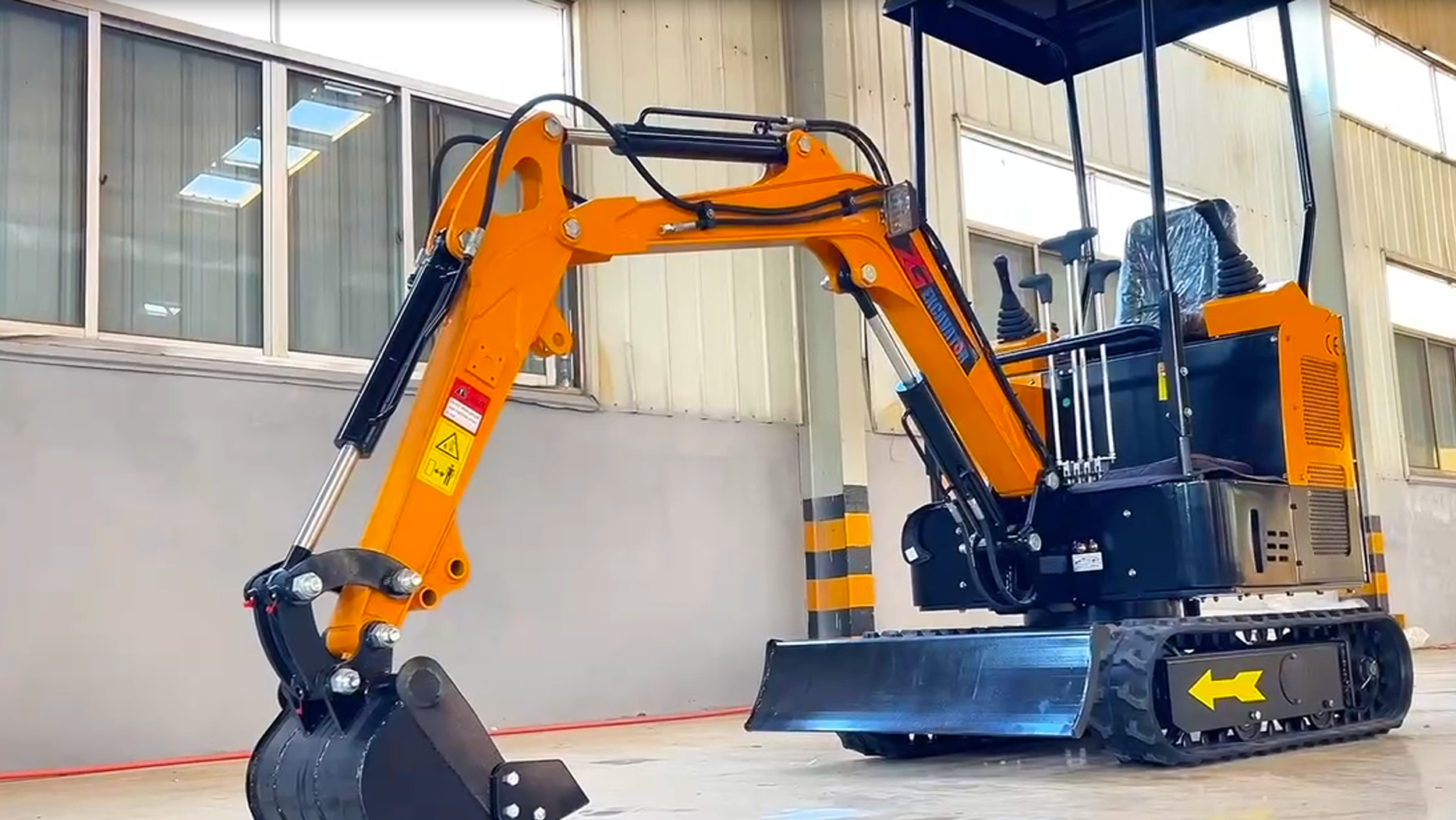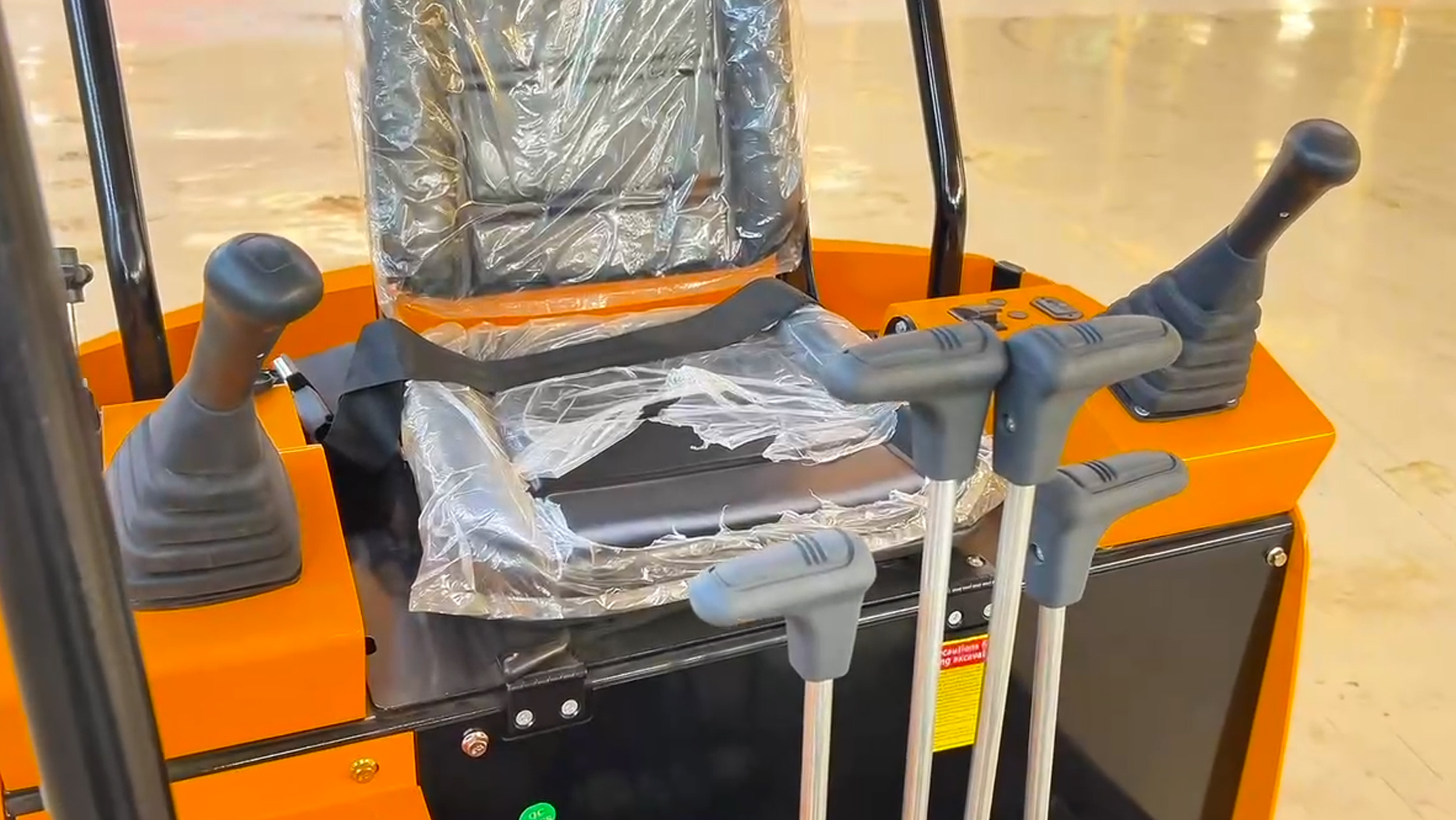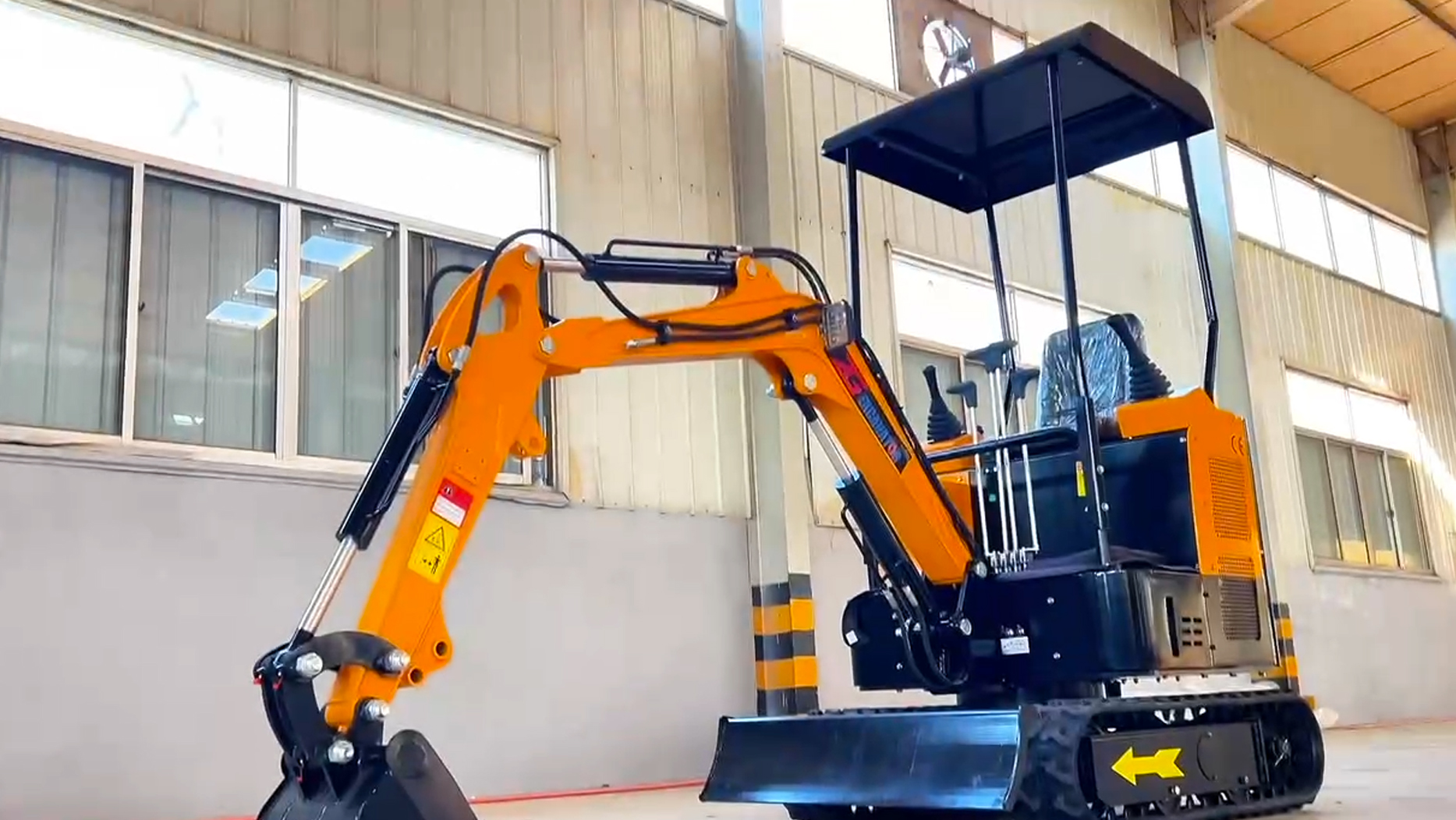I. Introduction
Mini excavators have revolutionized backyard landscaping, offering homeowners and professionals the ability to tackle projects with precision and efficiency. Their compact size and versatility make them ideal for navigating tight spaces and transforming outdoor areas. However, with numerous models available, selecting the right one for your specific needs can be challenging. This article aims to identify the best mini excavators for backyard landscaping and tight spaces, providing a comprehensive guide to help you make an informed decision.
II. Key Considerations for Backyard Landscaping
Size and Compactness:
A narrow width is essential for navigating gates, fences, and narrow pathways.
Low height allows for operation under low-hanging branches and in confined areas.
Compact dimensions make transport and storage more manageable.
Weight and Ground Pressure:
Lighter machines minimize damage to existing lawns, patios, and delicate surfaces.
Low ground pressure reduces soil compaction and preserves landscape integrity.
Consider trailer requirements and transport limitations based on weight.
Digging Depth and Reach:
Determine the necessary digging depth for common tasks like trenching, digging foundations, and planting.
Boom and arm flexibility are crucial for reaching into confined areas and over obstacles.
Ensure the machine has adequate reach for your specific project requirements.
Attachment Compatibility:
Versatility is key, so choose a machine compatible with various attachments like buckets, augers, and breakers.
Quick-attach systems allow for fast and easy tool changes, increasing efficiency.
Ensure the hydraulic system provides sufficient flow and power for the attachments you plan to use.
III. Top Mini Excavator Models for Backyard Landscaping
Model 1: Kubota KX71-3
Specifications: 6,700 lbs operating weight, 5 ft 11 in width, 8 ft 10 in digging depth, 24.8 HP engine.
Features: Zero tail swing for tight spaces, smooth hydraulic controls, excellent digging force, wide range of attachments.
Applications: Ideal for general landscaping, trenching, and light demolition. Known for reliability and ease of use.
Model 2: Bobcat E26
Specifications: 5,696 lbs operating weight, 5 ft 1 in width, 8 ft 6 in digging depth, 24.8 HP engine.
Features: Compact size for exceptional maneuverability, advanced hydraulic system, comfortable operator station, excellent visibility.
Applications: Perfect for navigating narrow passages and working in confined areas. Highly versatile with numerous attachment options.
Model 3: Caterpillar 301.7 CR
Specifications: 4,054 lbs operating weight, 3 ft 6 in width, 7 ft 2 in digging depth, 19.2 HP engine.
Features: Ultra-compact design for extremely tight spaces, foldable canopy for easy transport, intuitive controls, smooth operation.
Applications: Best for small-scale landscaping projects, utility work, and accessing hard-to-reach areas.
Model 4: Yanmar ViO17-1E
Specifications: 3,814 lbs operating weight, 3 ft 1 in width, 7 ft 3 in digging depth, 14.5 HP engine.
Features: Zero tail swing, minimal footprint, excellent stability, smooth and precise controls, easy maintenance access.
Applications: Ideal for precise landscaping, foundation work, and navigating through narrow gates and doorways.
Model 5: Takeuchi TB216H
Specifications: 3,856 lbs operating weight, 3 ft 1 in width, 7 ft 10 in digging depth, 14.9 HP engine.
Features: Hybrid design with both electric and diesel power, zero tail swing, excellent fuel efficiency, quiet operation, smooth hydraulics.
Applications: Suitable for noise-sensitive areas, indoor demolition, and environmentally conscious projects.
IV. Comparing Features and Specifications
Side-by-Side Comparison Table: | Feature | Kubota KX71-3 | Bobcat E26 | Cat 301.7 CR | Yanmar ViO17-1E | Takeuchi TB216H | |------------------|---------------|-------------|--------------|-----------------|-----------------| | Operating Weight | 6,700 lbs | 5,696 lbs | 4,054 lbs | 3,814 lbs | 3,856 lbs | | Width | 5 ft 11 in | 5 ft 1 in | 3 ft 6 in | 3 ft 1 in | 3 ft 1 in | | Digging Depth | 8 ft 10 in | 8 ft 6 in | 7 ft 2 in | 7 ft 3 in | 7 ft 10 in | | Engine Power | 24.8 HP | 24.8 HP | 19.2 HP | 14.5 HP | 14.9 HP | | Price Range | Mid-High | Mid-High | Mid | Mid | Mid-High |
Analysis of Key Differences:
Engine Performance: Kubota and Bobcat offer higher horsepower, suitable for more demanding tasks.
Hydraulic System: Bobcat and Kubota excel in hydraulic performance, providing smooth and responsive controls.
Compactness: Cat, Yanmar, and Takeuchi are significantly narrower, ideal for extremely tight spaces.
Operator Comfort: Bobcat and Kubota offer ergonomic cabs with excellent visibility and comfort.
Durability: All models are known for durability, but Kubota and Caterpillar are often cited for robust build quality.
V. Attachment Options and Their Benefits
Various Bucket Types:
Grading Buckets: Leveling and smoothing surfaces.
Trenching Buckets: Digging narrow trenches for utilities.
Digging Buckets: General excavation and material handling.
Select the right bucket size and type for specific tasks.
Augers and Breakers:
Augers: Drilling holes for posts, fences, and planting.
Breakers: Breaking concrete, asphalt, and rocks.
Ensure compatibility and sufficient hydraulic flow for optimal performance.
Grapples and Rippers:
Grapples: Handling debris, logs, and brush.
Rippers: Removing roots, rocks, and compacted soil.
Increase efficiency and versatility in landscaping tasks.
Quick-Attach Systems:
Speed up attachment changes, reducing downtime.
Increase productivity by allowing operators to switch tools quickly.
VI. Operator Comfort and Control
Ergonomics and Cab Design:
Comfortable seating and adjustable controls reduce operator fatigue.
Excellent visibility enhances safety and precision.
Climate control and noise reduction improve the working environment.
Control Systems and Precision:
Smooth and responsive hydraulic controls allow for precise movements.
Joystick operation simplifies control and increases efficiency.
User-friendly interfaces are essential for both novice and experienced operators.
VII. Maintenance and Ownership Considerations
Maintenance Schedules and Costs:
Follow manufacturer's maintenance schedules to ensure optimal performance and longevity.
Consider the availability of parts and service in your area.
Check warranty coverage and support options.
Fuel Efficiency and Operating Costs:
Evaluate fuel consumption and engine performance to minimize operating costs.
Consider long-term ownership costs, including maintenance, repairs, and depreciation.
Research resale value to understand potential return on investment.
VIII. Rental vs. Purchase Decisions
Factors to Consider:
Frequency of use and project duration.
Budget and financial considerations.
Storage and maintenance capabilities.
Advantages and Disadvantages of Each Option:
Rental: Flexibility, lower upfront costs, no storage or maintenance responsibilities.
Purchase: Long-term investment, availability on demand, potential for resale value.
IX. Tips for Operating in Tight Spaces
Planning and Preparation:
Map out the work area, identify obstacles, and plan your movements.
Clear debris and prepare the site to ensure safe and efficient operation.
Safe Operating Practices:
Use slow and deliberate movements to maintain control.
Utilize a spotter when necessary, especially in blind spots.
Maintain constant awareness of surroundings and potential hazards.
X. Conclusion
Choosing the best mini excavator for backyard landscaping and tight spaces requires careful consideration of size, weight, digging capabilities, and attachment compatibility. Models like the Kubota KX71-3, Bobcat E26, Caterpillar 301.7 CR, Yanmar ViO17-1E, and Takeuchi TB216H offer excellent performance and versatility for various landscaping tasks. Matching
Post time:Sep-25-2020



